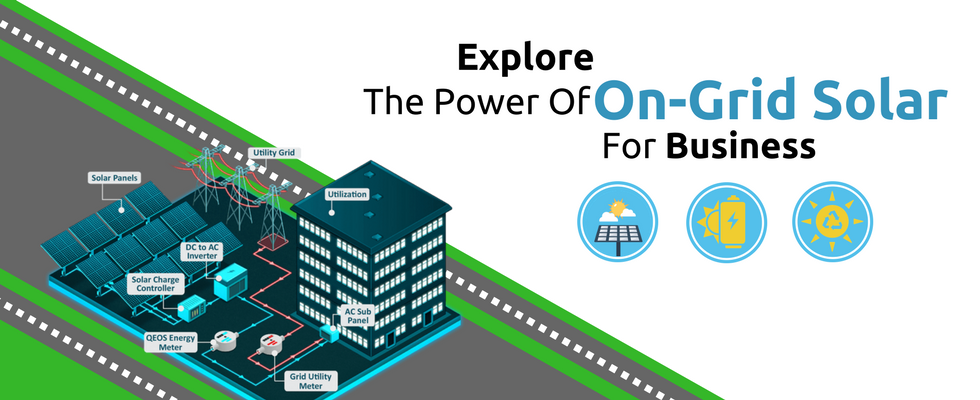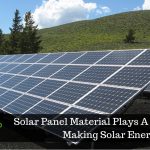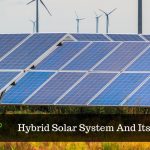How Businesses Can Harness the Power of On-Grid Solar
For the betterment of our environment, solar energy is one of the most popular forms of renewable energy. We all know how detrimental are traditional energy production methods that typically involve burning coal, gas, or oil. People are now choosing solar energy due to the abundant availability of sunlight making it a viable choice of powering their lives. In addition to being efficient, it helps to keep up with the efforts mitigating the effects of climatic change.
While adopting solar energy, do keep in mind that it comes in 3 different kinds: On-Grid, Off-Grid, and Hybrid. Before choosing the right technology, you must thoroughly consider your requirements. In this article, we are going to discuss about on-grid solar solutions.
Driving Welfare for the Masses
An on-grid solar energy system connects with the utility grid to provide economic returns on investment by offsetting some or all your power usage. There are some utilities that provide income through renewable energy certificate (REC) incentive program. An array of solar photovoltaic (PV) panels converts energy from sunlight to produce DC electricity, and an inverter then converts the DC into AC to power your electrical panel. When the solar power system produces electricity, it either slows down your billing meter or spins it in the reverse direction. The electricity usage not met by the solar power is compensated by the utility and the net amount is billed. This process is called Net Metering.
Sizing and installing an on-grid solar power system is based on the asset and the premises. EPC (Engineering, procurement, and construction) providers based upon your usage over a fixed course of time, study several other properties, such as specific usage profile for each month, your budget, and the space that is available for mounting the solar array.
Perks for Businesses
When we look at the annual electrical usage, we find that the solar systems are typically sized to offset most of the electricity from the utility grid, but not all of it. For the maximum ROI, an amalgamation of solar fraction, utility rate structure, the utility and tax benefits, all come into play together. For added benefits, some people also incorporate solar panels of their on-grid system into shade structures, such as solar awnings and car ports.
Considering ROI, for businesses there is an exemption due to tax credits and accelerated depreciation. Also, the paybacks are for around 10 years until the advantage is taken of the incentives. In that case, consumers can obtain their own conventional financing, or opt for the funding through Power Purchase Agreement (PPA) or equipment leasing companies.



